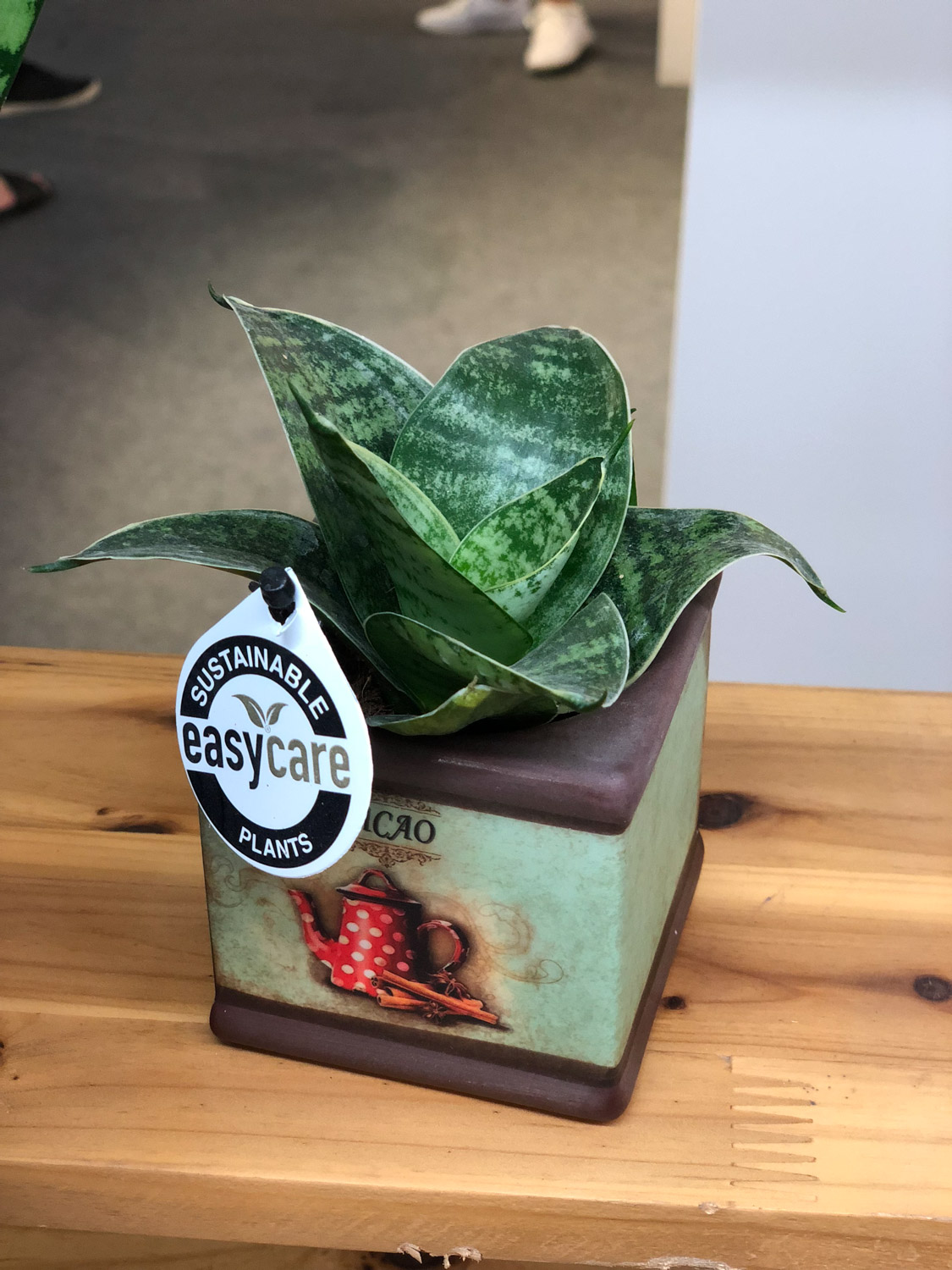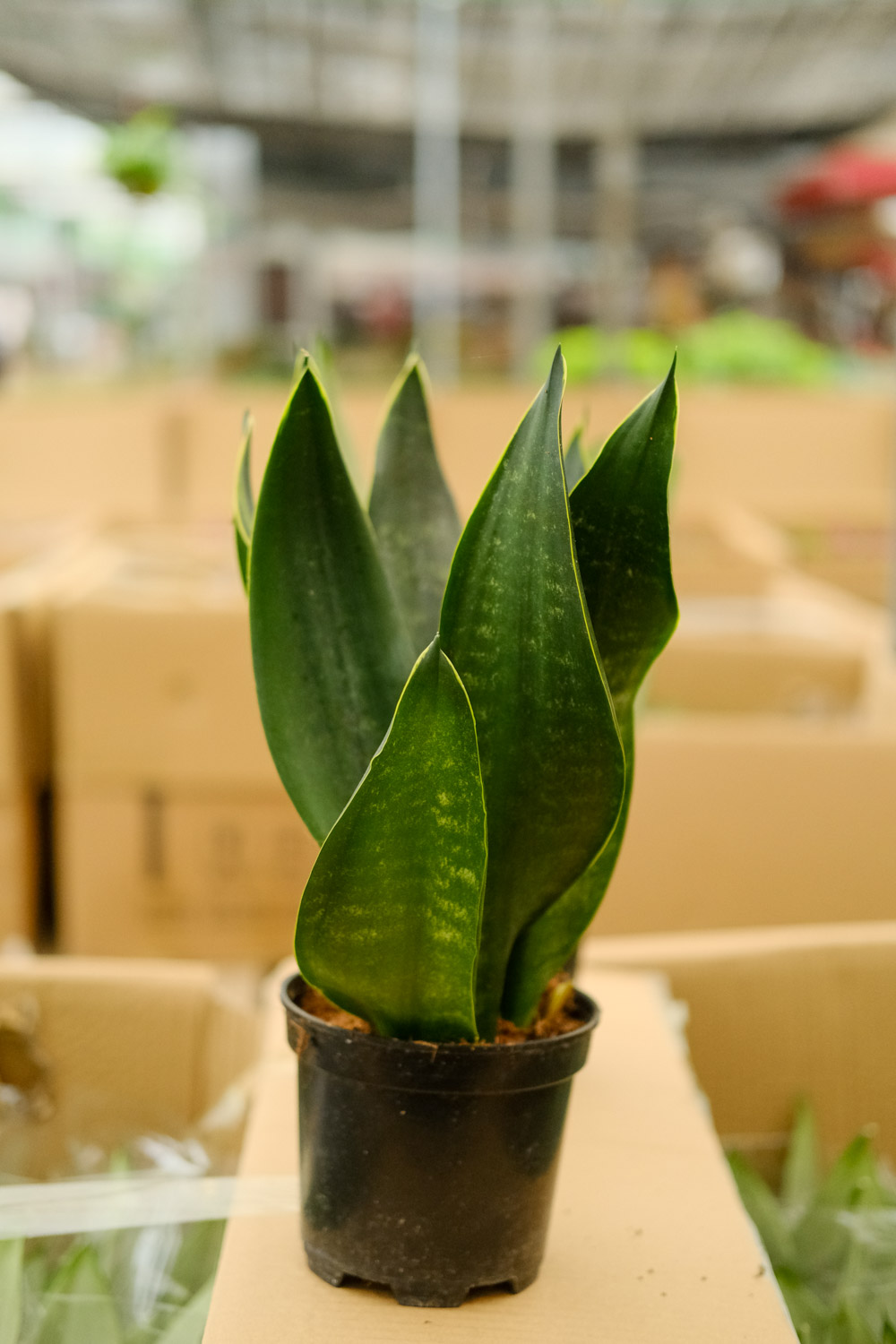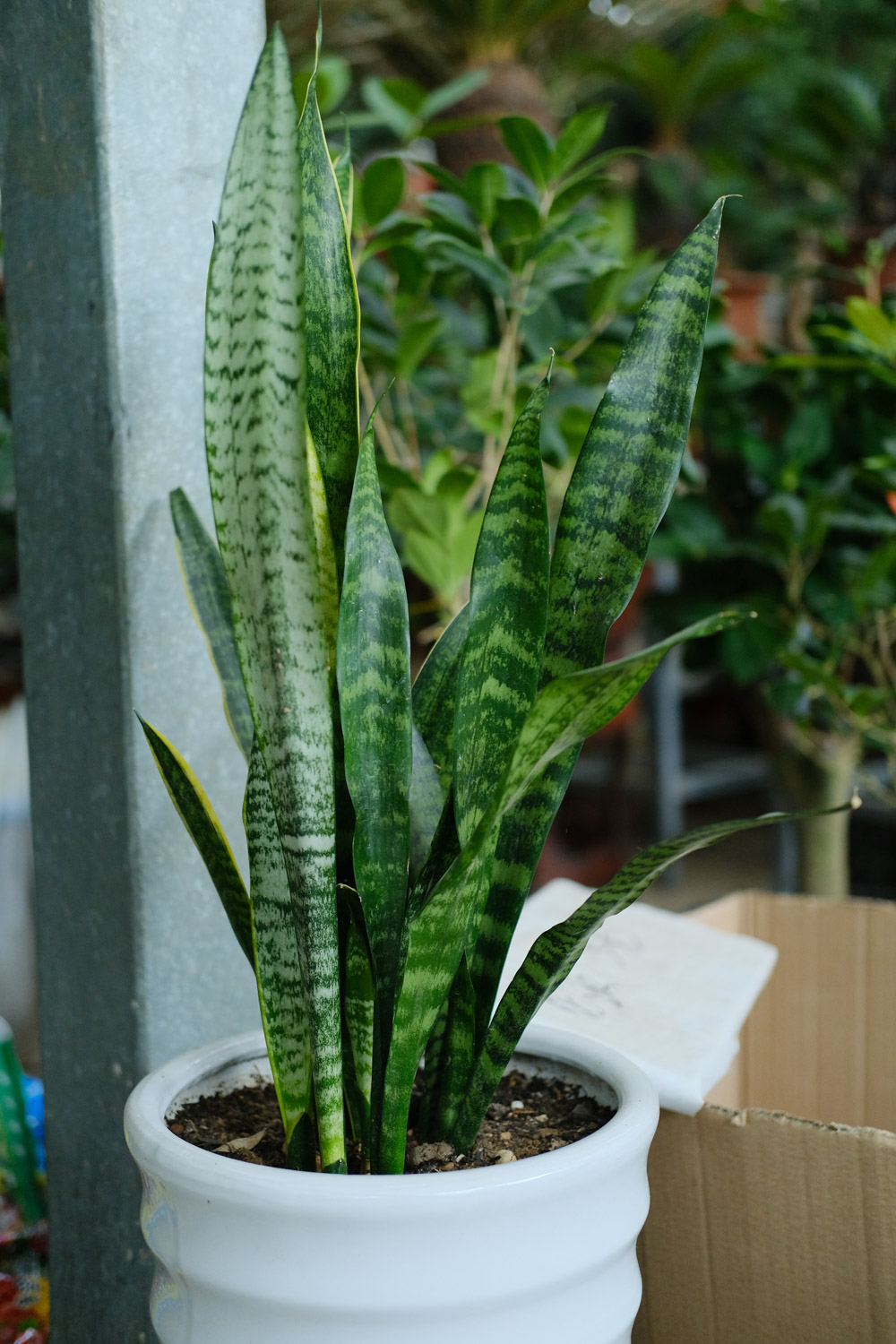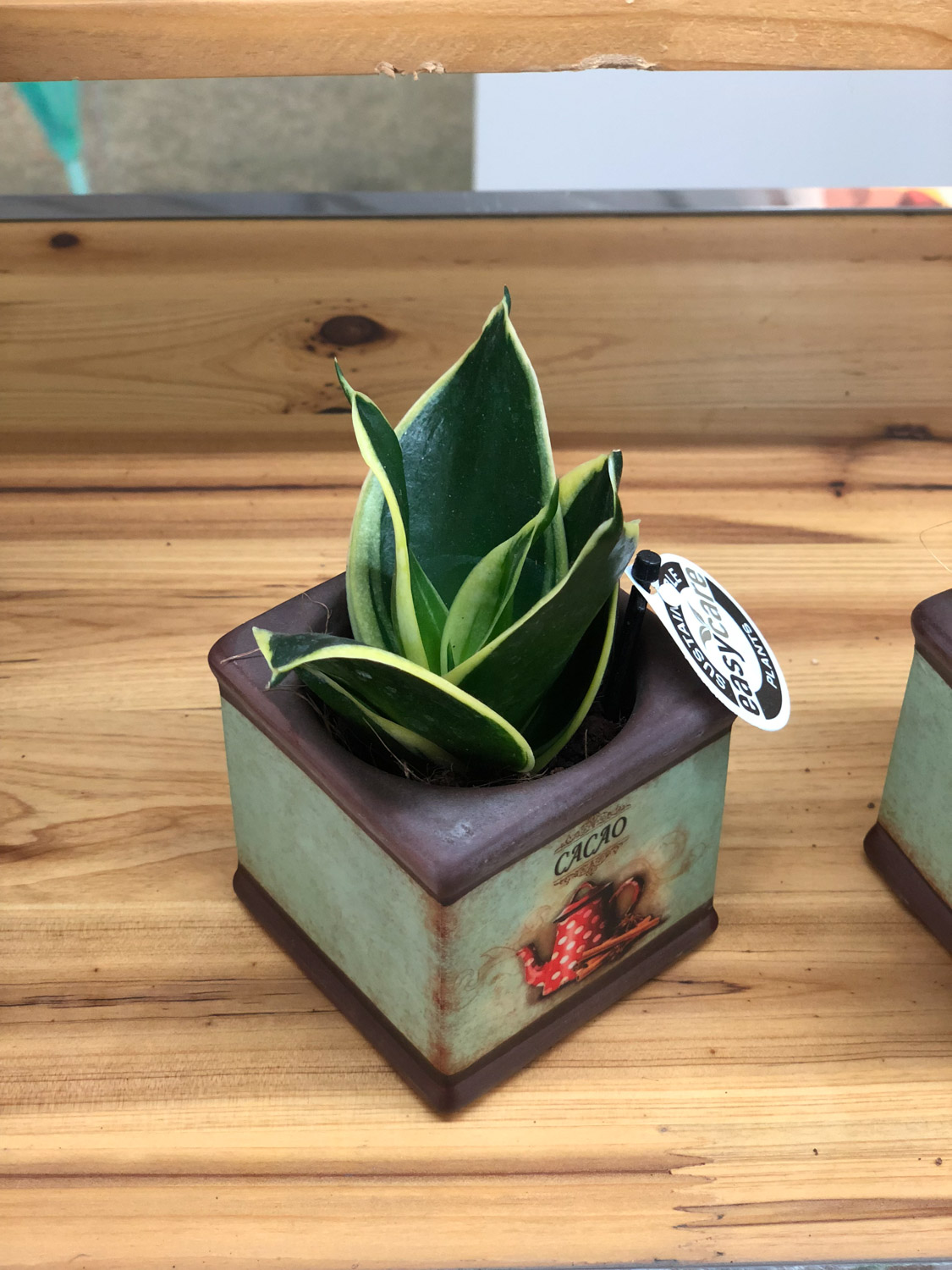some flower friends may have guessed that it is the fruit of hupilan we all know that hupilan is a foliage plant, but it is not ambiguous in its flowering and fruit bearing. It has small white flowers with slender and slightly curly petals, which is very fresh and chic
the fruit is bright in color and small and lovely so how can we conserve hupilan so that it can blossom and bear fruit like this
How to water
hupilan is relatively drought resistant and does not require much water. Do not water more, otherwise the leaves will turn white and the stripes will become lighter. When watering normally, you should see dry and wet. You can insert chopsticks into the basin soil to have a look. Watering can be carried out after the place 2-3cm is completely dry
How to light
if you want hupilan to blossom and bear fruit, full light is indispensable. In addition to the high temperature in summer and shade in direct sunlight, in other seasons, hupilan can be placed on the Nanyang terrace or South windowsill to fully bathe in the sun, so that hupilan can grow better and blossom and bear fruit
How to fertilize
during the growth period, hupilan can be fertilized 1-2 times a month. Three holes of cooked soybeans can be evenly buried in the soil beside the basin, and 3-5 grains can be buried in each hole. Do not contact the root system, otherwise it is easy to burn the root. An appropriate amount of potassium fertilizer can also be applied to promote the flowering of pregnant buds
What about rotten roots
sometimes, if there is too much watering and there is long-term ponding, it is easy to rot ① take the tiger skin off the basin, wash the root system with clean water, and trim the rotten part with sterilized scissors. Remember to be thorough, otherwise the rotten part will be infected again ② soak the incision of hupilan in carbendazim or potassium permanganate solution for about 30 minutes for disinfection ④ take out hupilan, take it to a cool and ventilated place to dry, and then put it in clear water to lure roots. If you feel troublesome, you can also choose not to induce roots, but the effect will be better after inducing roots, and it is easier to grow new fibrous roots ⑤ prepare new soil. The flower pot can be old, but it should be washed and disinfected, and then put on the pot again
What about rotten heart
Humulus also has rotten heart, which is mainly because the water is poured on the leaves, slides to the leaf center, and is not cleaned up in time. The accumulated water will lead to the decay of the leaf center for a long time. In this case, we can only cut off the broken leaves and cut them again ① select healthy parts from the cut leaves and cut them into small segments of about 10cm ② after the leaves are soaked in carbendazim for disinfection, apply some rooting powder on the wound ③ prepare loose and breathable soil, which can be mixed with peat soil and vermiculite ④ insert the blade into the soil, water it thoroughly, and put it in a cool and ventilated place for maintenance. In about 20 days, hupilan will take root
What about rotten leaves
sometimes, the leaves of Cymbidium also get sick. For example, dry patches will appear on the leaves, and then rot slowly, spread around and grow larger and larger. If ignored, the whole leaf will rot and even infect other leaves. What should we do in the face of this situation ① start from the rotten place and cut off the whole part with rotten patches. Pay attention to completely remove it, otherwise the rotten part will continue to spread ② then apply carbendazim to the wound of hupilan ③ if the cut part still has intact areas that are not rotten, it can also be cut off and re cutted into the basin (refer to the above method) to grow a new tiger orchid, so that the feeling of heartache will be reduced a little ~
What if the leaves turn yellow and dry
① sun exposure sometimes we put hupilan outside to bask in the sun, but the sun was too hot and too hot, so the leaves dried up... in this case, we can only move hupilan to a cool and ventilated place, cut off the yellow leaves, and then wait for it to grow new leaves again ② too little watering although hupilan is drought resistant, if it is not watered for a long time, it will consume the water stored in its leaves. If it consumes more, the leaves will become soft and yellow. In this way, we can only cut off the dry leaf tips and quickly pour water ③ watering too much if the leaves are hard, but the edges are still yellow, it is basically too much watering. Then loosen the soil quickly and put it in a well ventilated place to accelerate the evaporation of water. There is a risk of rotten roots in a few days later

learn these methods, it's not a dream for your tiger orchid to blossom and bear fruit but there is another condition for its result, that is, moth pollination of course, flower friends can also help him pollinate by themselves ~








 how many times do yo...
how many times do yo... how many planted tre...
how many planted tre... how many pine trees ...
how many pine trees ... how many pecan trees...
how many pecan trees... how many plants comp...
how many plants comp... how many plants can ...
how many plants can ... how many plants and ...
how many plants and ... how many pepper plan...
how many pepper plan...





























